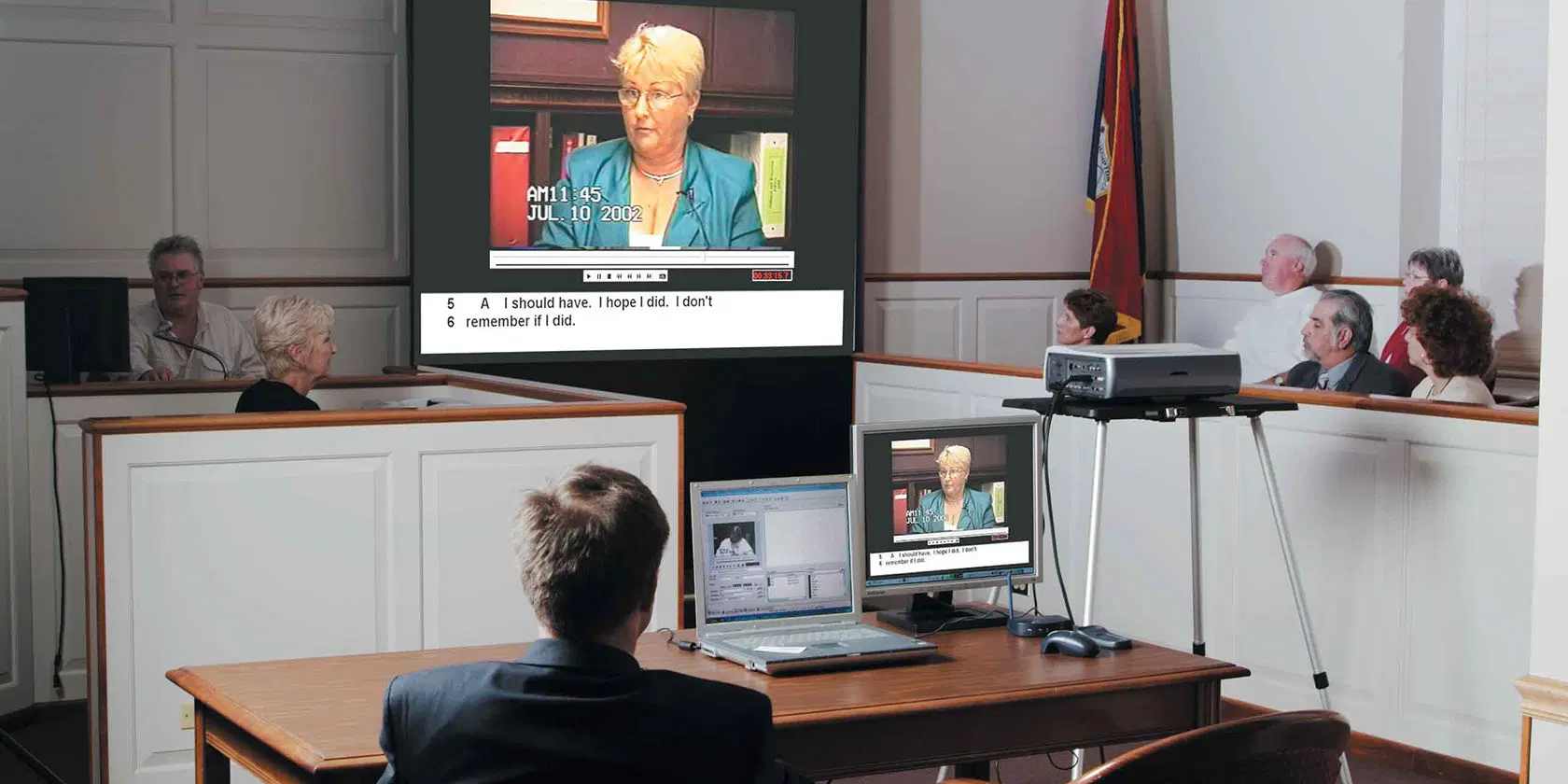Persuasive trial presentations can influence judges and juries.
Persuasive trial presentations can influence judges and juries.
Blog Article
Exactly How Trial Presentations Enhance Your Argument and Persuade Jurors
Trial presentations function as a pivotal mechanism for enhancing lawful debates and encouraging jurors. By incorporating aesthetic help, narrative structures, and emotional engagement, attorneys can develop an engaging situation that resonates on multiple levels. The strategic use visuals not just clears up complex information yet additionally catches jurors' interest more effectively than words alone. The art of narration plays a similarly crucial duty in changing factual proof into a compelling story, shaping jurors' assumptions. Comprehending these elements can significantly influence trial end results, increasing the inquiry of just how each component adds to this elaborate dynamic.

Importance of Aesthetic Aids
Visual help play a vital function in enhancing the performance of trial discussions, as they can substantially enhance target market interaction and retention of information. In the context of a test, where jurors are tasked with handling complicated details, visual help serve to streamline and clear up bottom lines. Charts, charts, and images can share data and principles that may or else overwhelm or puzzle jurors, allowing for a much more straightforward understanding of the proof presented.
Additionally, aesthetic aids assist in preserving juror focus throughout the procedures. By damaging the monotony of spoken testament, these tools can stress crucial disagreements, making them more unforgettable. Reliable visual help can likewise stimulate psychological reactions, which can be critical in convincing jurors to line up with the speaker's narrative.

Crafting Compelling Stories
An engaging narrative is crucial in trial discussions, as it works as the foundation of effective persuasion. It enables lawyers to weave together facts, proof, and psychological elements into a systematic tale that resonates with jurors. This narrative framework makes it possible for jurors to understand the intricacies of the instance while directing them with the lawyer's debate.
To craft an engaging story, lawyers need to concentrate on clearness and comprehensibility. Furthermore, the usage of brilliant descriptions can produce mental images that help jurors imagine the events, making the narrative more remarkable.
Moreover, integrating vital motifs throughout the discussion strengthens the core message and aids in retention - trial presentations. The narrative should not just share details however likewise evoke a feeling of justice, highlighting the risks included. Eventually, a well-constructed narrative fosters a link in between the jurors and the situation, positioning the lawyer's disagreement as both qualified and engaging, thus enhancing the likelihood of a desirable judgment

Involving the Jury Psychologically
Reliable jury involvement hinges on the lawyer's capacity to connect with jurors on a psychological degree. This connection can dramatically impact jurors' assumptions and their ultimate decision-making.
Visual help, such as pictures or videos, can even more enhance emotional involvement, providing jurors with vibrant depictions of the instance's human elements. Crafting a narrative that highlights the battles and accomplishments of the individuals involved makes sure that jurors see past the legal disagreements and identify the human effects of their decisions.
A lawyer's enthusiastic distribution can reverberate with jurors, strengthening their see this emotional investment in the case. It's important to stabilize psychological allures with accurate evidence, guaranteeing that jurors feel urged to act while continuing to be based in the reality.
Structuring Your Presentation

The body of the presentation should be practically segmented into bottom lines, each supported by compelling proof. It is useful to use storytelling methods to weave facts into a story that jurors can conveniently adhere to. Aesthetic help, such as charts and videos, can improve comprehension and engagement, assisting to highlight vital items of evidence.
Real-World Study
Checking out real-world case research studies supplies very useful understandings into the art of test presentations and persuasion. As an example, the landmark instance of "O.J. Simpson v. Individuals of The golden state" illustrates exactly how visual aids and engaging narratives can persuade court perceptions. The defense group efficiently utilized a strategy that integrated top-level expert testaments with multimedia discussions, visit the website which astounded jurors and ultimately influenced their choice.
Another significant instance is the "McDonald's Coffee Instance," where the complainant's lawyers made use of graphic pictures of the injuries endured by Stella Liebeck. trial presentations. This raw aesthetic proof played an essential role in communicating the seriousness of her burns, causing a substantial court honor. Such situations show that impactful test presentations typically depend upon the efficient combination of visuals and storytelling to evoke emotional responses from jurors
Furthermore, the "Casey Anthony Trial" highlighted the importance of narrative comprehensibility and credibility. The prosecution's failing to develop an engaging timeline reduced their convincing power, underscoring the necessity important source of a well-structured discussion. Examining these situations exposes that successful test discussions need tactical planning, psychological interaction, and the ability to reverberate with jurors' worths and beliefs.
Conclusion
Test discussions considerably enhance disagreements and persuade jurors with the strategic usage of aesthetic aids, engaging narratives, and emotional involvement. By simplifying intricate info and fostering links with the audience, these elements produce a remarkable and impactful experience. A well-structured discussion balances psychological appeals with valid evidence, inevitably reverberating with jurors' values. The combination of these techniques not just influences decision-making yet also emphasizes the significance of reliable communication in the courtroom.
Report this page